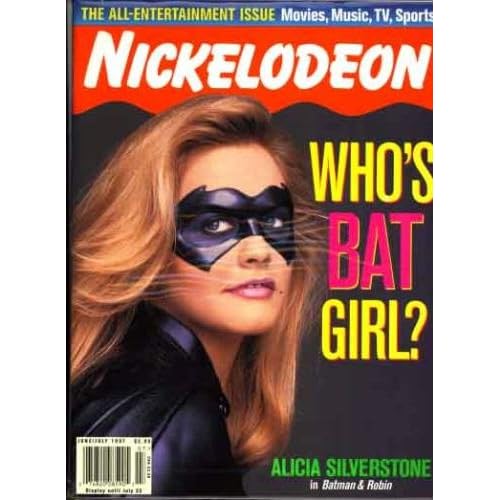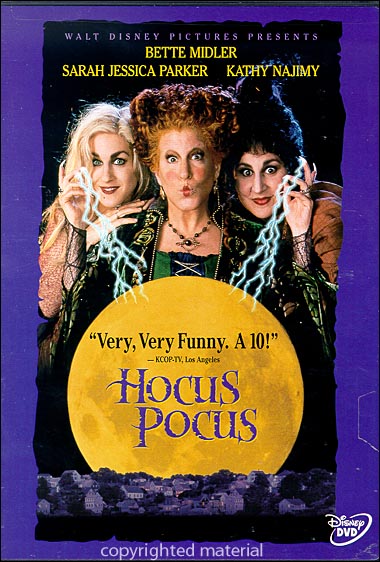
Toward the end of the 20th century, business proprietors were looking at children through an entirely new perspective. Children in the 80s and 90s had far more pocket money than their predecessors and were thus capable of constituting their own demographic, meaning greedy adults could now push their wares on an entirely new consumer group. Direct marketing at children was a wise move, of course. It's way easier to convince a 7-year old that they want something than it is to do the same to an adult. They served it up and we consumed it, no questions asked. If their advertising claimed I would love it, I was wholly certain this was the case. Why would my TV lie to me? It's a respected member of my family.
Back in a time when print journalism was more than just a vintage throwback, children's magazines were all the rage. Our parents liked them because they taught us the valuable life skill of sitting still in one place for more than five minutes at a time. We liked them because they spoke to us personally, whether through adorable animal pictures or video game tips. Whatever your fancy, there was a magazine producer out there trying to capitalize on it.
Nickelodeon Magazine
The creation of Nickelodeon Magazine was by no means a big leap. Kids loved Nickelodeon on TV, so the logical next step would be to deliver it directly to their doorsteps and further mesmerize them with Nickelodeon characters, shows, and merchandise. The original concept had been a cross-promotion with Pizza Hut restaurants, offering a free Nickelodeon Magazine with purchase. Kids like pizza, kids like Nickelodeon, everyone wins. The mag soon expanded to a regular circulation, offering kids a Nickelodeon-tinted view of the world all while selling us Gak and giving us interviews with our favorite fictional Nicktoon characters. As someone who was very curious about Oblina from Aaah! Real Monsters' life outside the set, I'd like to say thank you.
Sports Illustrated Kids

Adults are always thinking up sneaky ways to infuse educational practices into our everyday pastimes. Sports Illustrated Kids was no exception, giving us the sports we love at the price of reading for enjoyment. It was a trade-off many kids were willing to make and parents were more than pleased to shell out for monthly. The magazine actually won the Distinguished Achievement for Excellence in Educational Publishing Award* eleven times, proving that sports and education can go hand-in-hand. All the while, we were thinking we were just reading an exciting interview with Magic Johnson and they secretly had us learning. Go figure.
American Girl Magazine

I don't know how your childhoods shaped up, but mine was largely driven by the force of my desire to immerse myself in all things American Girl. I never received my oft-coveted overpriced doll (another handily educational tie-in to the American Girl book series) but I did lust monthly after the human-sized clothing options the American Girl catalog modeled after Kirsten the pioneering Swede. Imagine my delight to find the franchise created a magazine, further extending the reach of American Girl's extensive empire. The magazine featured craft ideas, advice columns, contests, and all sorts of other material certain to ignite a desire to own all the American Girl merchandise ever manufactured. Now if only they'd had the in-store with-doll tea parties in my day.
Zoobooks

It's a scientifically proven fact that children love cute animals. It's also a fact that parents are seeking educational opportunities at every unsuspecting turn. Hence we got tricked into learning zoologically significant information all the while we thought we were just flipping through a photo series on otters and puffins. The commercials for these babies were so exciting and convincing, it was enough to make us overlook the fact that we were essentially doing voluntary extracurricular science homework.
Nintendo Power
Can it be true? A publication that offers us tricks, tips, and hints on our favorite Nintendo games? Nintendo Power was a legitimate revelation to many joystick-gripping youths, giving them the inside information they so desperately craved. The marketing strategy was genius: the over 3 million members of the Nintendo Fun Club received the first issue free, after which a million or so took the plunge to subscribe. The magazine knew its audience well and delivered pages of Nintendo-themed guides, some of which featured the oft-coveted cheats. Any magazine that can teach me to cheat at a video game is okay in my book. That's enjoying reading at its finest.
Fox Kids Club "Totally Kids"

Yes, a few hours of children's programming on Saturday morning is totally deserving of its own magazine. Hey, whatever works. The magazine had a pretty wide circulation and even pulled some big name celebrity interviews, so judging by results I'd say Fox Kids made out pretty well on the magazine front. This pamphlet of a publication was filled with comics starring our favorite Fox Kids characters, promotions for Fox Kids shows, and of course some games and puzzles thrown in for good measure. Let me just say, I rocked those wordfinds. Just try to diagonal/backwards Babs Bunny on me. I'll find it. Just try me.
Bop/Tiger Beat

I know this pic isn't of Tiger Beat or Bop per se, but I just couldn't resist. I mean, look at that selection!
These flimsy fan mags were filled with cheesy foldout pinups of our favorite teen heartthrobs, their lack of content compensated for with glossy grinning celebrities. I've lumped the two magazines together because not only were they published by the same company, they often featured the exact same pictures and interviews. Why exactly they needed two separate magazine for this is beyond me, but as long as they keep giving me two page mini-mag spreads of JTT, I'll be happy.
These may not have been the most substantial sources of literary content, but they did play a major role in getting kids to enjoy reading. Yes, much of the content involved marketing toward us and trying to sell us useless crap while promoting their parent company, but as kids we were more than willing to go along with it. The magazines allowed kids to be kids, speaking to us at our level while discussing the topics that interested us. If we ended up begging our parents for Samantha dolls or Moon Shoes somewhere along the way, well then so be it.
Honorable Mention Classic Non 80s/90s-Specific Favorites: Highlights, MAD, Ranger Rick Magazine
*This award later went on to win the longest award name award






